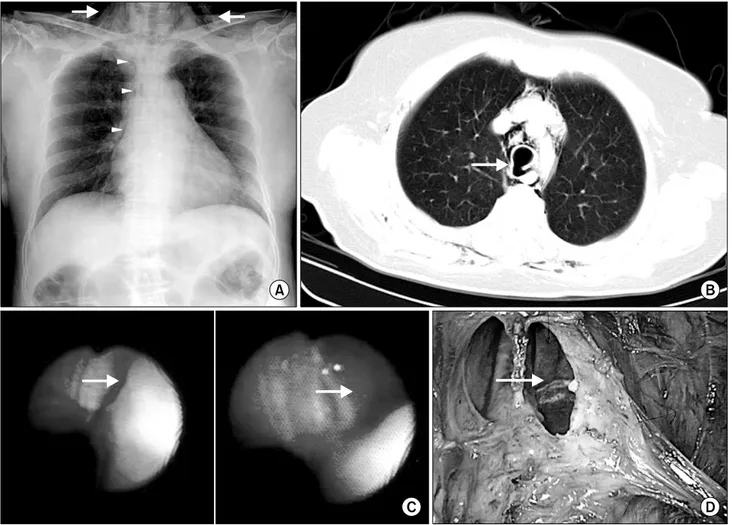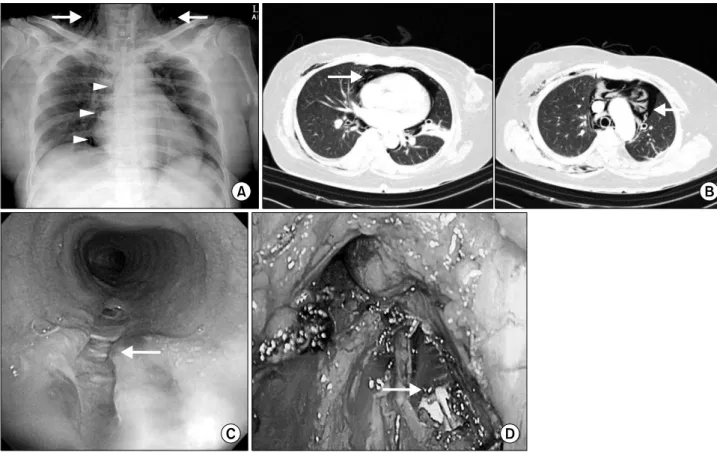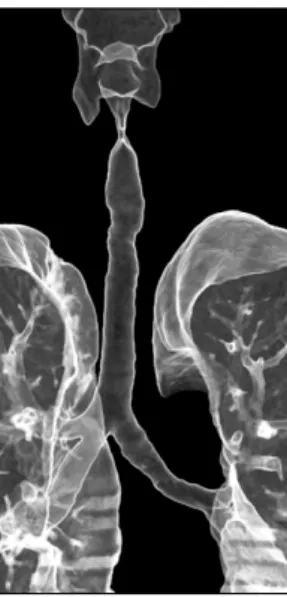DOI:10.5090/kjtcs.2011.44.3.260 ISSN: 2233-601X (Print) ISSN: 2093-6516 (Online)
*Department of Thoracic and Cardiovascular Surgery, Chonbuk National University Hospital, Chonbuk National University Medical School Received: October 22, 2010, Revised: December 31, 2010, Accepted: May 10, 2011
Corresponding author: Min-Ho Kim, Department of Thoracic and Cardiovascular Surgery, Chonbuk National University Hospital, Chonbuk National University Medical School, San 2-20, Geumam-dong, Deokjin-gu, Jeonju 561-180, Korea
(Tel) 82-63-250-1489 (Fax) 82-63-250-1480 (E-mail) mhkim@chonbuk.ac.kr
C
The Korean Society for Thoracic and Cardiovascular Surgery. 2011. All right reserved.
CC


